As generative AI (GenAI) rapidly advances, concerns are growing. People worry that it will disrupt industries and replace human creativity, especially in fields like art and marketing. With each new AI tool, the fear seems to rise: are we watching the dawn of human creativity’s obsolescence? To explore this anxiety, I decided to test ArtBreeder, a free image-generation tool. Spoiler alert: it’s still far from perfect, but the potential is undeniable.
ArtBreeder caught my attention because it’s easy to use and free – though I was initially sceptical about the quality it could deliver. To make it more interesting, I used ChatGPT to generate quirky, challenging prompts. One of my firsts was: “A panda DJing at a disco party with animals from every corner of the animal kingdom”. It took quite some time to process, but when I saw the image, I was impressed!
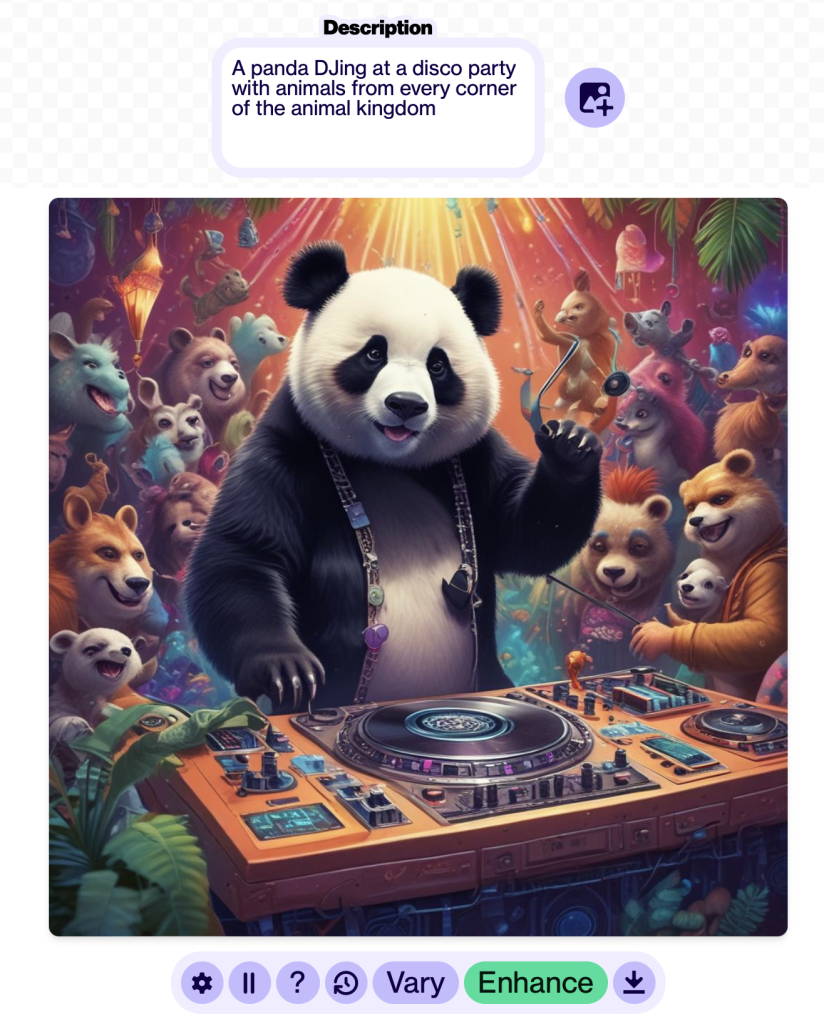
Next, I tried something more complex: “A T-Rex in a business suit giving a presentation at a board meeting with velociraptors“. The result? A sharply dressed T-Rex in a suit, but it didn’t quite deliver the scene. The velociraptors were swapped for humans – interesting, but not exactly what I envisioned.
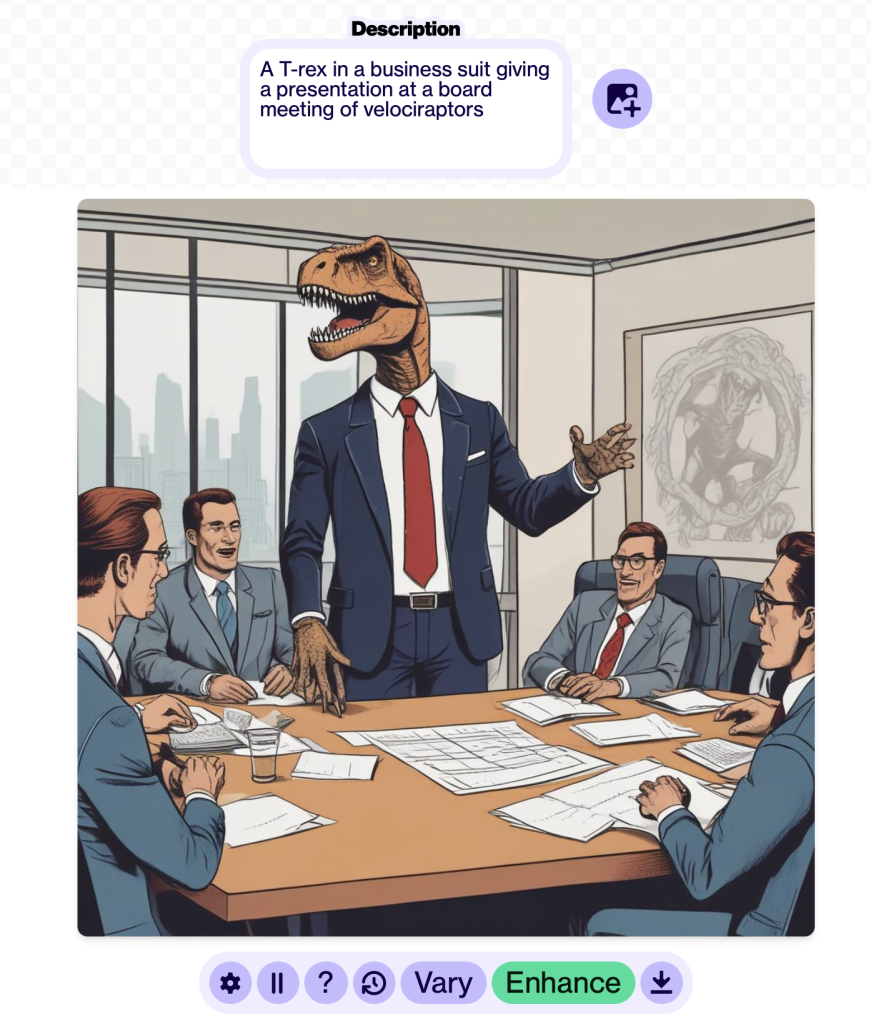
I pushed the limits further with “A pizza slice doing yoga on top of a mountain, with pepperoni suns rising in the background”. The main concept was there, but… not ideal.
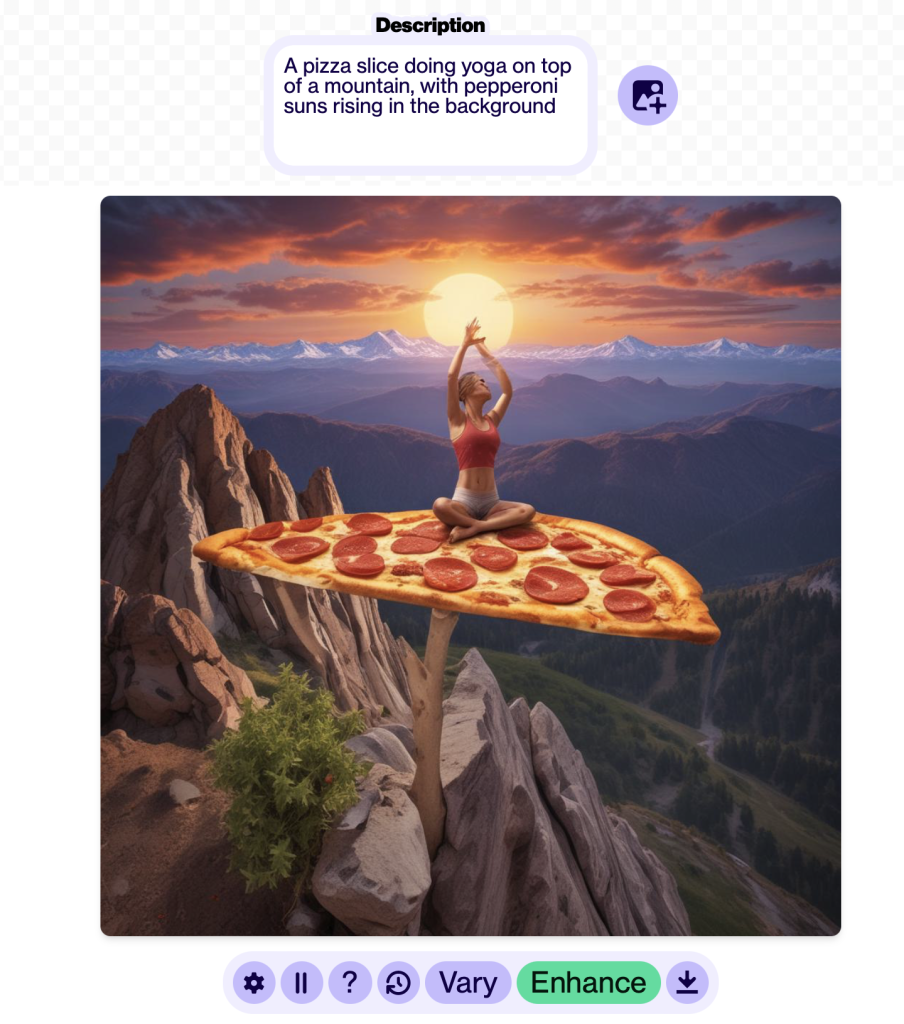
Lastly, I tried again with “A giant broccoli dressed as a superhero, fighting a mutant carrot in the middle of a futuristic city”. This one was visually engaging but missed the carrot villain entirely.
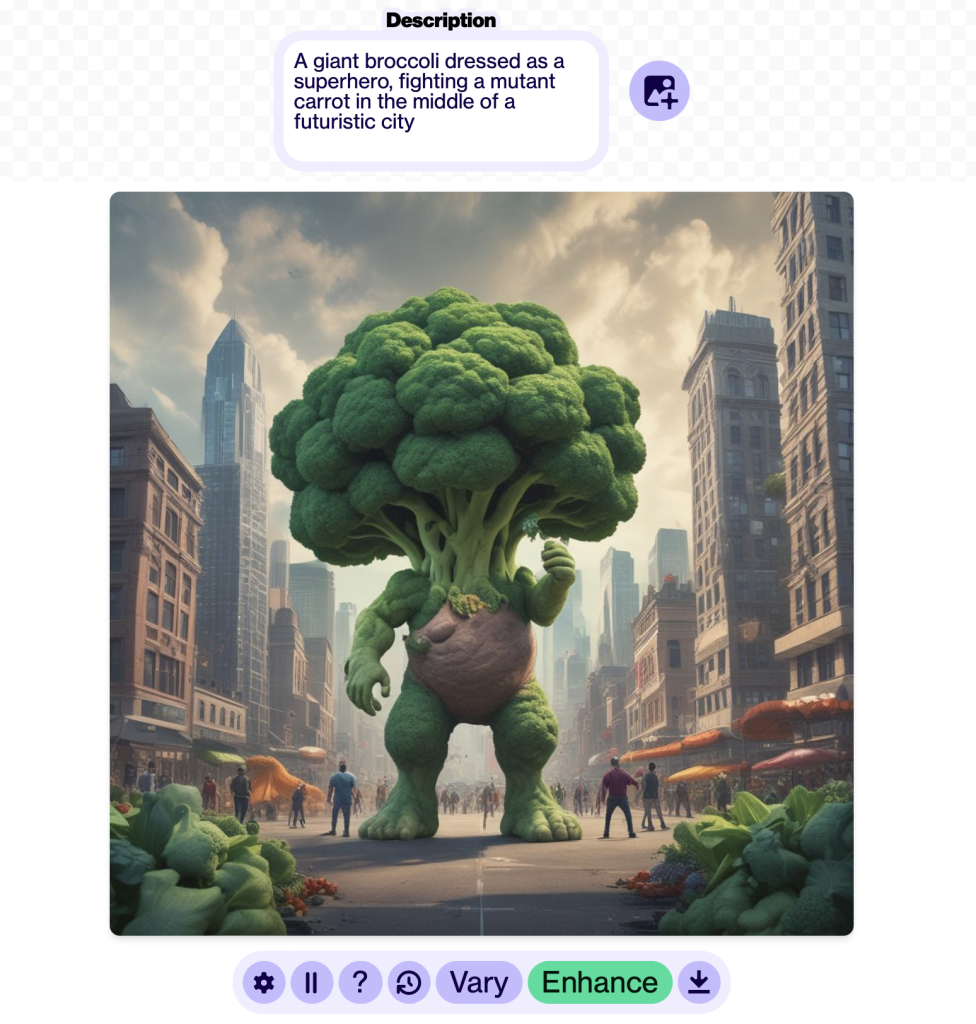
What this experiment revealed to me was that, while GenAI tools like ArtBreeder are impressive, they are not quite the “job-stealers” many fear – at least not yet. These tools are more like collaborators: they generate quick visuals that can serve as a foundation for further development. Imagine the time saved compared to creating all of these images from scratch! In marketing or even artistic development, such tools can offer a solid starting point or inspiration base.
However, the limitations are clear. The AI often struggles with detailed prompts and more intricate compositions. It highlights the gap between human creativity, which thrives on nuance, and AI’s current capabilities, which lean toward broader interpretations.
Still, the potential is undeniable. As GenAI tools improve, they might change how we work, pushing creatives to adapt and embrace new technologies. But rather than replacing human jobs, GenAI seems to offer inspiration and efficiency rather than outright competition.
Will GenAI eventually disrupt the labour market in creative industries? Perhaps, but for now, it’s more of an assistant than a replacement—helpful, but still in need of human direction.
Link to ArtBreeder: https://www.artbreeder.com/create
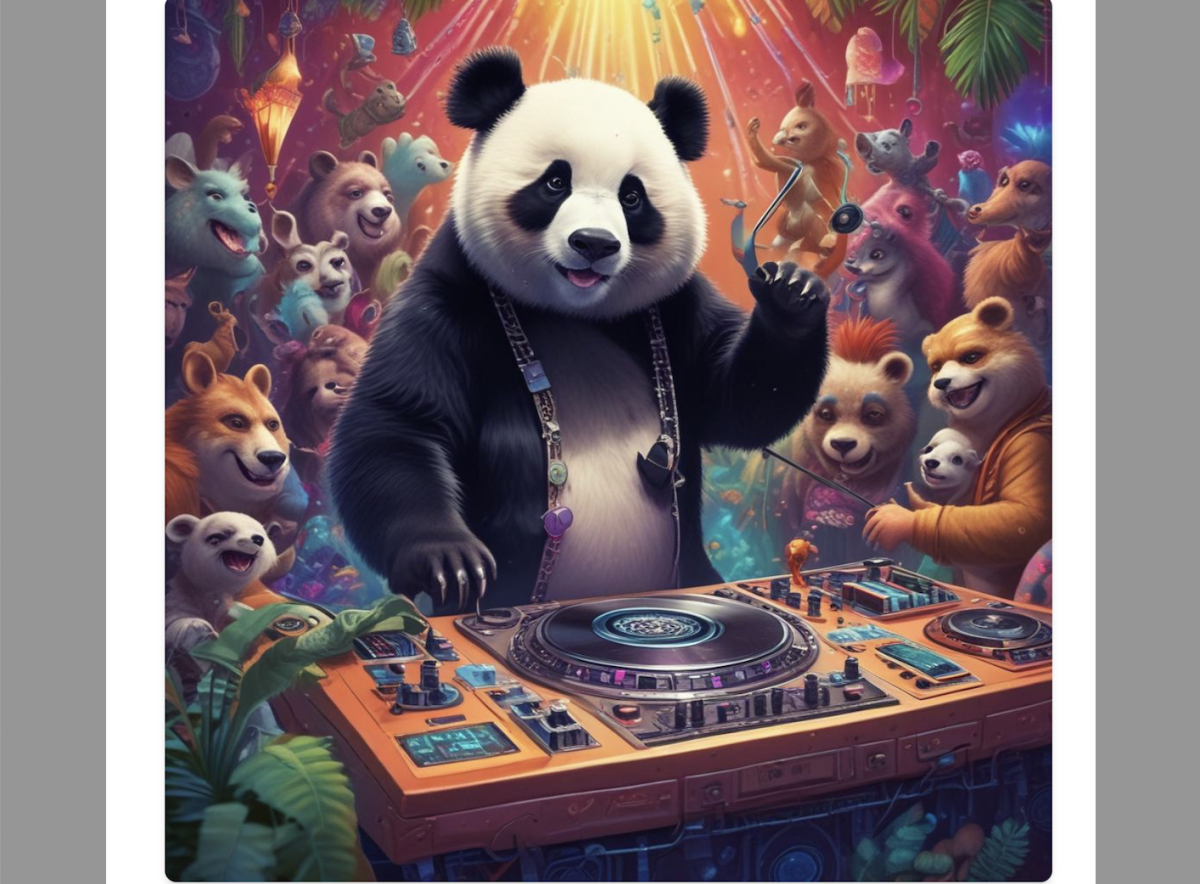

I really appreciate the approach you took in this blog post, guiding the reader through your thought process and showcasing the results, which are very cool 🙂
Personally, I have also experimented with using generative AI to create images, but I quickly became frustrated with the process. The prompts often didn’t give me the desired (exact) outcomes, and the inability to refine a generated image—The AI having to start generating from scratch each time—was particularly discouraging. Like you, I believe that while generative AI can be a great source of inspiration, it certainly doesn’t replace the artistic processes that humans undertake today. Thank you for sharing your insights!
Absolutely loved the prompts given to the tool!
Not only was the post engaging, but it also effectively demonstrated the power of AI tools, while highlighting the current limitations that prevent them from fully replacing certain jobs. While I agree with this view, particularly in the creative industry, I believe many tasks are still replaceable with generative AI. Tasks that are highly repetitive and follow clear structures, such as drafting marketing briefs or generating KPI reports, are especially susceptible to automation. This technology is not just altering workflows or positioning itself as a collaborator; it’s actively reducing the demand for certain roles and reshaping the job market.
Absolutely loved the prompts given to the tool!
Not only was the post engaging, but it also effectively demonstrated the power of AI tools, while highlighting the current limitations that prevent them from fully replacing certain jobs. While I agree with this view, particularly in the creative industry, I believe many tasks are still replaceable with generative AI. Tasks that are highly repetitive and follow clear structures, such as drafting marketing briefs or generating KPI reports, are especially susceptible to automation. This technology is not just altering workflows or positioning itself as a collaborator; it’s actively reducing the demand for certain roles and reshaping the job market.
I’ve always been fascinated by this topic! Your prompt is incredibly interesting—it seems to challenge not only what AI can imagine (though, admittedly, it doesn’t really have an imagination) but also surpasses what most humans might conceive. I’ve tried similar things myself, albeit on different platforms. Logically, when we feed these machines highly imaginative text, they should just execute without considering real-world logic, yet they often run into issues due to the limitations of their training data. One question that really intrigues me is: who should own the copyright for AI-generated art?